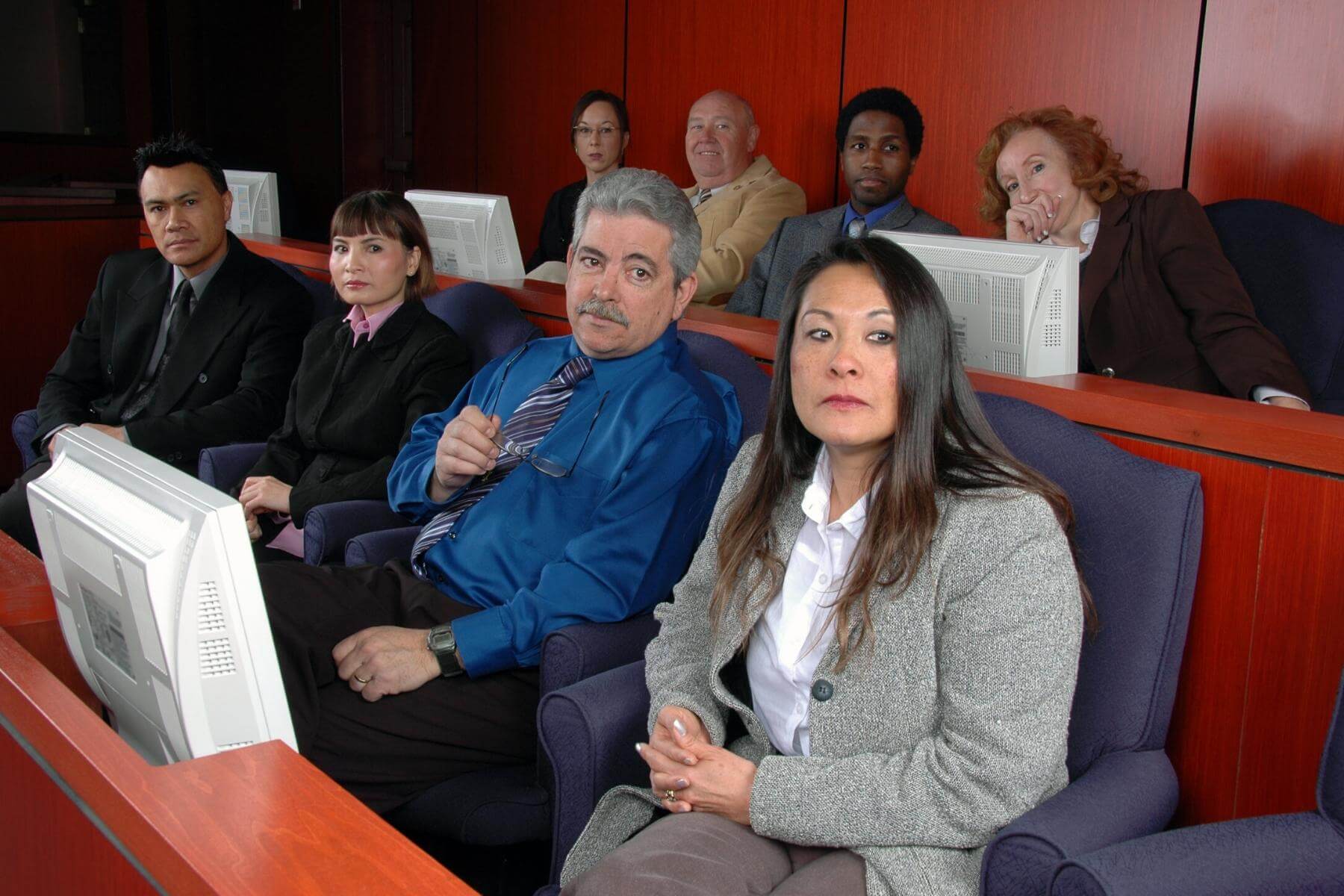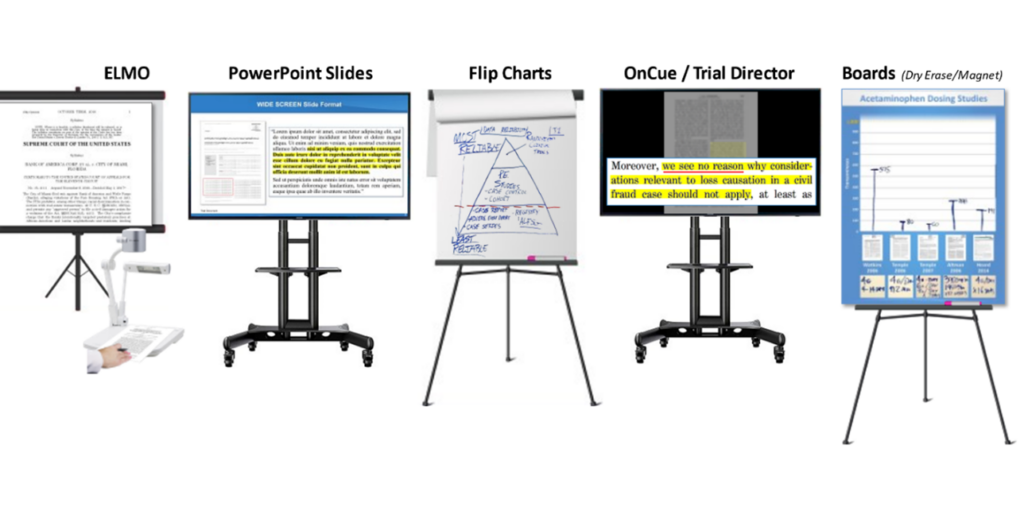Effective trial presentations help attorneys present with confidence.
Effective trial presentations help attorneys present with confidence.
Blog Article
How Trial Presentations Enhance Your Argument and Encourage Jurors
Test discussions serve as an essential mechanism for boosting legal debates and convincing jurors. The strategic usage of visuals not only clears up complex details but additionally captures jurors' focus much more effectively than words alone.

Value of Visual Help
Aesthetic aids play a vital function in boosting the effectiveness of test discussions, as they can dramatically boost audience involvement and retention of information. In the context of a test, where jurors are tasked with handling complex details, visual aids offer to simplify and make clear bottom lines. Charts, charts, and pictures can share information and concepts that might otherwise overwhelm or confuse jurors, permitting for a more uncomplicated understanding of the evidence provided.
Furthermore, aesthetic aids help in keeping juror interest throughout the process. By breaking the dullness of spoken testament, these tools can stress vital arguments, making them much more remarkable. Effective aesthetic help can also stimulate psychological reactions, which can be crucial in persuading jurors to straighten with the presenter's narrative.

Crafting Engaging Stories
A compelling story is essential in test presentations, as it functions as the backbone of reliable persuasion. It allows lawyers to weave together truths, proof, and emotional elements into a systematic tale that resonates with jurors. This narrative structure allows jurors to comprehend the complexities of the situation while leading them through the attorney's argument.
To craft an engaging story, lawyers need to concentrate on clarity and coherence. This involves establishing a clear protagonist-- commonly the client-- and describing their trip via the occasions in question. Presenting the facts in a logical sequence enhances comprehension and maintains interaction. Furthermore, the usage of dazzling summaries can develop psychological photos that aid jurors envision the occasions, making the story extra remarkable.
Additionally, integrating essential themes throughout the discussion enhances the core message and aids in retention - trial presentations. The story needs to not just convey information yet likewise stimulate a feeling of justice, highlighting the stakes involved. Inevitably, a sound narrative fosters a link between the jurors and the case, placing the lawyer's argument as both credible and engaging, consequently boosting the chance of a desirable decision

Involving the Jury Mentally
Efficient court interaction pivots on the attorney's capacity to attach with jurors on an emotional degree. This link can substantially affect jurors' perceptions and their ultimate decision-making.
Visual aids, such as photos or videos, can better boost emotional interaction, giving jurors with dazzling representations of the situation's human aspects. Crafting a story that highlights the struggles and victories of the individuals involved makes sure that jurors see past the lawful debates and recognize the human repercussions of their decisions.
An attorney's passionate distribution can reverberate with jurors, strengthening their emotional investment in the instance. It's necessary to balance emotional allures with valid proof, making sure that jurors feel compelled to anchor act while continuing to be based in the reality.
Structuring Your Presentation

The body of the discussion must be realistically segmented right into bottom lines, each sustained by compelling proof. It is helpful to use storytelling strategies to weave truths into a story that jurors can quickly comply with. Aesthetic help, such as charts and video clips, can enhance understanding and engagement, aiding to highlight vital pieces of evidence.
Real-World Study
Examining real-world instance research studies offers indispensable insights into the art of test presentations and persuasion. For example, the site case of "O.J. link Simpson v. The People of The golden state" shows how aesthetic aids and engaging stories can guide jury perceptions. The defense group properly utilized a strategy that integrated prominent expert testimonies with multimedia discussions, which astounded jurors and eventually influenced their choice.
Another remarkable example is the "McDonald's Coffee Case," where the complainant's attorneys used graphic pictures of the injuries suffered by Stella Liebeck. trial presentations. This stark visual click here to find out more evidence played an important role in sharing the intensity of her burns, causing a considerable court honor. Such situations demonstrate that impactful trial presentations typically rest on the reliable combination of visuals and narration to evoke emotional reactions from jurors
Additionally, the "Casey Anthony Trial" highlighted the significance of narrative coherence and trustworthiness. The prosecution's failing to establish an engaging timeline diminished their influential power, emphasizing the need of a well-structured presentation. Evaluating these situations exposes that successful test discussions need calculated planning, emotional interaction, and the ability to reverberate with jurors' values and ideas.
Final Thought
Test discussions substantially improve disagreements and convince jurors through the strategic usage of visual help, engaging stories, and emotional involvement. A well-structured presentation equilibriums emotional charms with accurate evidence, ultimately resonating with jurors' values.
Report this page